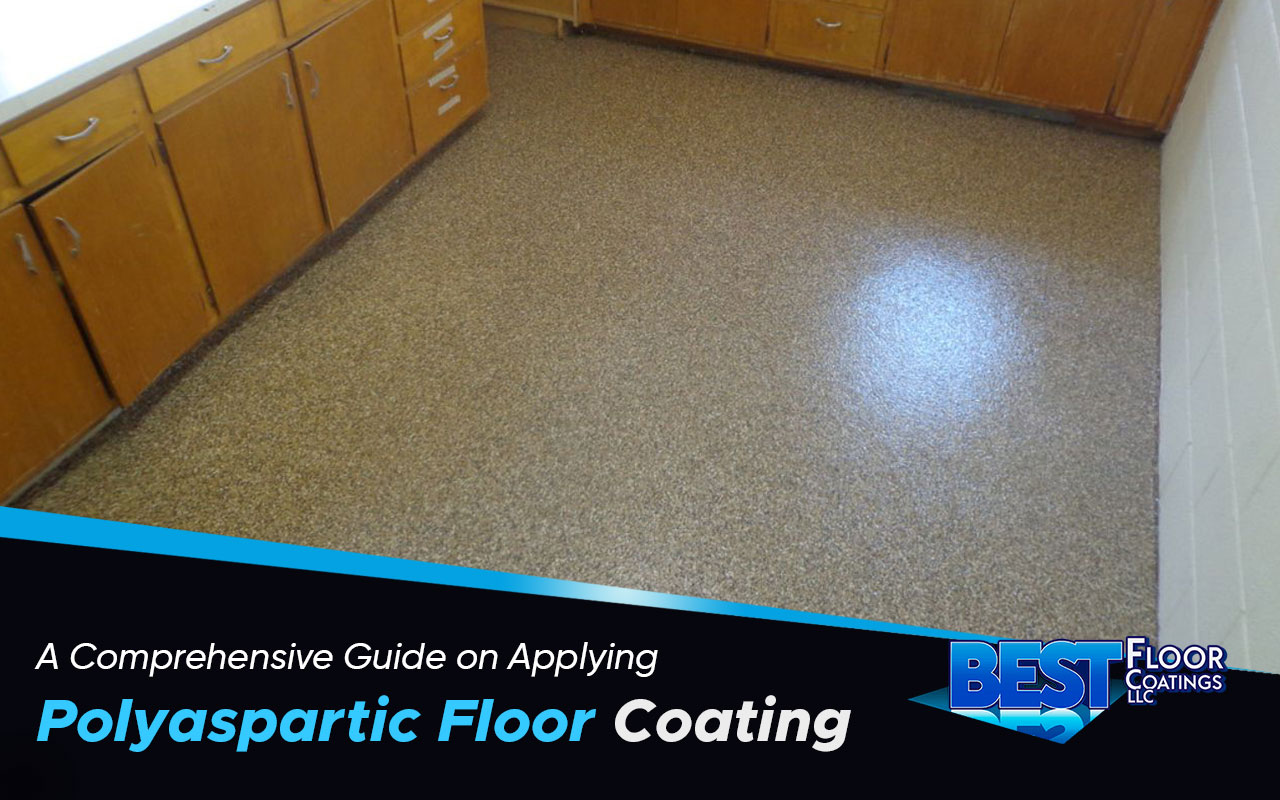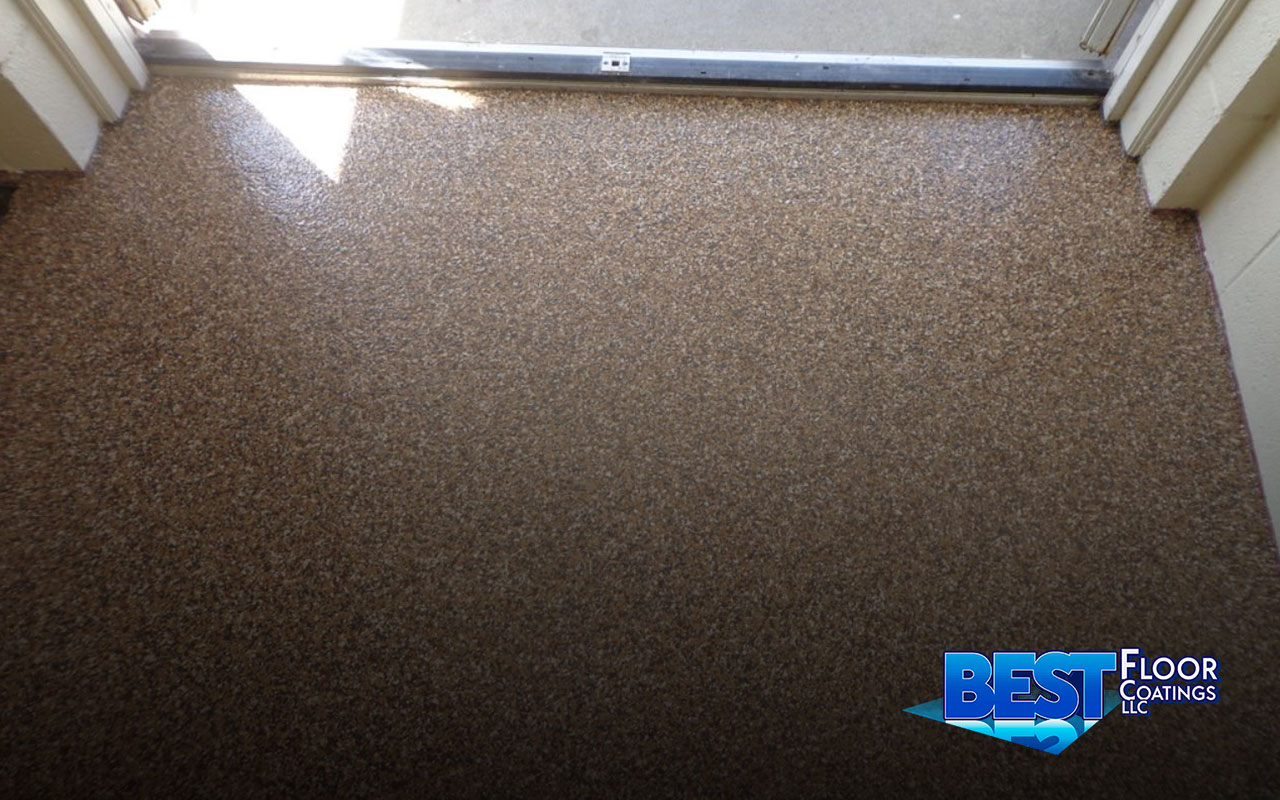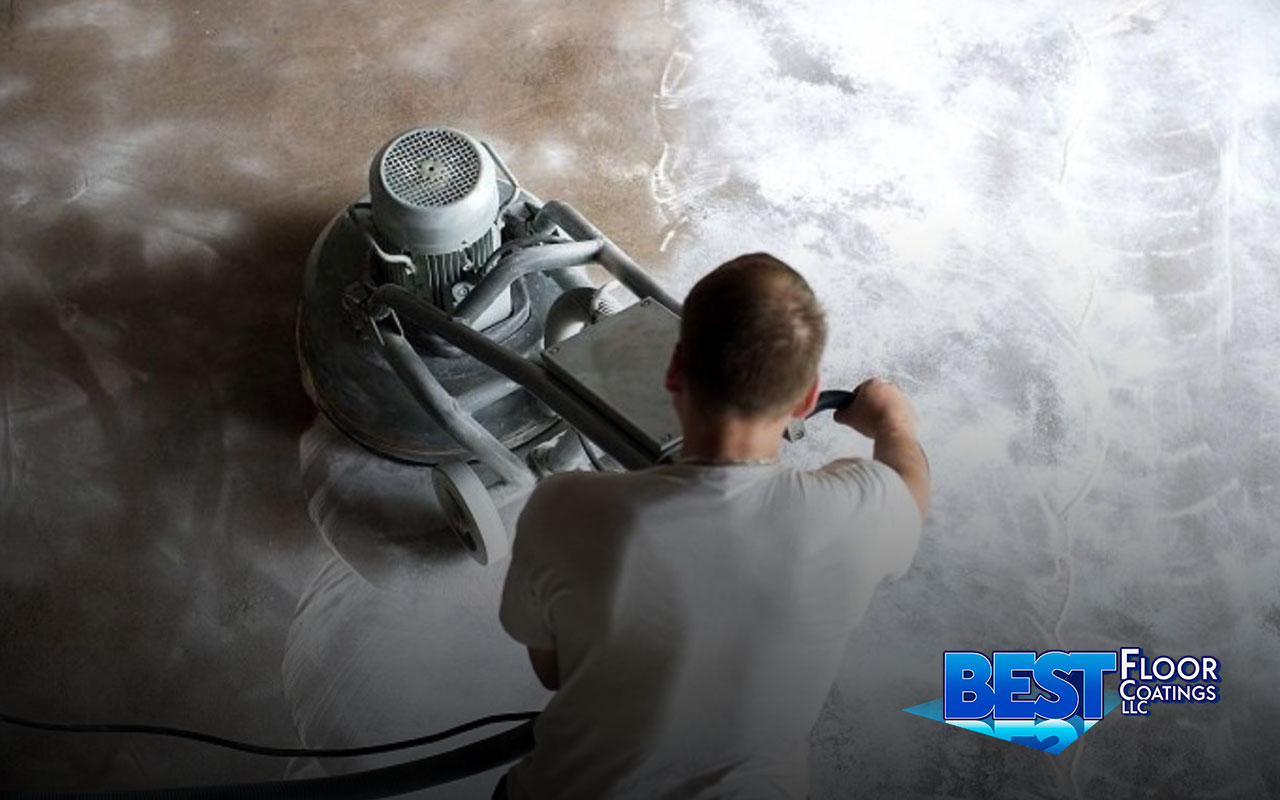
In this Article:
Introduction to Polyaspartic Floor Coating
Advantages of Polyaspartic Floor Coating
Preparing the Surface for Polyaspartic Floor Coating -How to apply polyaspartic floor coating
Step 1: Assess the condition of the floor
Step 3: Grind or shot blast the floor
Applying the Polyaspartic Floor Coating
Step 4: Mix the polyaspartic coating
Step 5: Apply the primer (optional)
Step 6: Apply the polyaspartic coating
Step 7: Add decorative elements (optional)
Step 8: Apply a clear topcoat (optional)
Step 9: Allow the floor to cure
Step 10: Maintain your polyaspartic floor coating
FAQs about Polyaspartic Floor Coating
Wrapping Up: Unlock the Potential of Polyaspartic Floor Coating
Are you tired of dealing with stained, cracked, or damaged floors? Polyaspartic floor coating might be the solution you’ve been searching for! This innovative flooring option offers unparalleled durability, rapid curing, and resistance to chemicals, stains, and abrasions. In this guide, we’ll walk you through the entire process of how to apply polyaspartic floor coating, from surface preparation to maintenance tips, ensuring you achieve a stunning and long-lasting result. Say goodbye to lackluster floors and hello to a beautiful, functional space!
Introduction to Polyaspartic Floor Coating
Polyaspartic floor coating is a versatile, high-performance solution offering a wide range of benefits for residential and commercial applications. Known for their rapid curing time, exceptional durability, and resistance to chemicals, stains, and abrasions, polyaspartic floor coatings have become increasingly popular in recent years.
Advantages of Polyaspartic Floor Coating
Before diving into the application process, it’s essential to understand the unique benefits of using polyaspartic floor coatings:
- Rapid curing time: Unlike epoxy and urethane coatings, which may take days to cure, polyaspartic coatings can cure within a few hours, minimizing downtime and allowing for faster project completion.
- Durability: Polyaspartic coatings offer excellent resistance to abrasions, chemicals, and stains, making them an ideal choice for high-traffic areas and industrial settings.
- UV resistance: Unlike other floor coatings, polyaspartic coatings are UV resistant, meaning they won’t yellow or degrade when sunlight exposes them.
- Flexibility: Polyaspartic coatings are more flexible than epoxy, allowing them to withstand impacts and temperature fluctuations without cracking.
- Versatility: Polyaspartic coatings can be used on various surfaces, including concrete, wood, and metal. They can be customized with different colors, textures, and patterns to create a unique and visually appealing floor.
- Low odor and VOCs: Polyaspartic coatings emit low levels of volatile organic compounds (VOCs) and have a minimal odor, making them a more environmentally friendly option.
- Low Maintenance: Once applied, polyaspartic coatings require minimal maintenance. They are easy to clean and resistant to stains, making them an excellent option for high-traffic areas.
- Chemical Resistance: Polyaspartic coatings offer exceptional resistance to chemicals, including oils, solvents, and cleaning agents. This makes them suitable for garages, workshops, and industrial facilities.
Preparing the Surface for Polyaspartic Floor Coating -How to apply polyaspartic floor coating

Step 1: Assess the condition of the floor
Inspect the floor for any signs of damage, such as cracks, holes, or uneven surfaces. Repair any damage before proceeding with the application process.
Step 2: Clean the floor
Remove any dirt, debris, and grease from the surface by sweeping, vacuuming, or using a pressure washer. It’s essential to start with a clean surface to ensure proper adhesion of the polyaspartic coating.
Step 3: Grind or shot blast the floor
To promote adhesion, the surface must be roughened through either grinding or shot blasting. This process will remove existing coatings, sealers, or contaminants and create a textured surface that will allow the polyaspartic coating to bond effectively.
Applying the Polyaspartic Floor Coating
Step 4: Mix the polyaspartic coating
Polyaspartic coatings are typically supplied as a two-component system consisting of a resin and a hardener. Follow the manufacturer’s instructions for mixing the components in the correct proportions.
Step 5: Apply the primer (optional)
Some polyaspartic coatings require a primer to be applied before the main coating. If your chosen product requires a primer, use it according to the manufacturer’s instructions and wait for it to cure before proceeding.
Step 6: Apply the polyaspartic coating
Using a roller, brush, or squeegee, apply the mixed polyaspartic coating evenly across the surface. Be sure to work quickly, as the coating has a short pot life and will begin to cure rapidly.
Step 7: Add decorative elements (optional)
If you wish to add decorative elements such as color flakes or quartz, broadcast them onto the wet polyaspartic coating. Be sure to apply these elements evenly to achieve a consistent appearance.
Step 8: Apply a clear topcoat (optional)
Apply a clear polyaspartic topcoat once the initial coating has cured for additional durability and protection. This step is especially beneficial in high-traffic areas or environments exposed to harsh chemicals.
Curing and Maintenance

Step 9: Allow the floor to cure
Polyaspartic coatings cure quickly, often within a few hours. However, consult the manufacturer’s instructions for specific curing times before allowing foot traffic or placing heavy objects on the surface.
Step 10: Maintain your polyaspartic floor coating
To keep your polyaspartic floor looking its best, clean it regularly using a pH-neutral cleaner and avoid using harsh chemicals that could damage the coating.
FAQs about Polyaspartic Floor Coating
- Can polyaspartic floor coating be applied to any surface?
Polyaspartic floor coating is primarily designed for use on concrete surfaces. However, it can also be applied to other materials, such as wood and metal, provided the surface is properly prepared and primed.
- How long does it take for polyaspartic floor coating to cure?
Polyaspartic floor coating has a fast curing time. Depending on the specific product and environmental conditions, it can typically cure within a few hours, allowing for quick return-to-service times.
- Is it necessary to use a primer before applying polyaspartic floor coating?
In most cases, using a primer is recommended before applying polyaspartic floor coating. A primer helps to promote adhesion and ensure the best performance of the coating. Follow the manufacturer’s instructions regarding primer application.
- Can I apply polyaspartic floor coating myself, or should I hire a professional?
While it is possible to apply polyaspartic floor coating yourself, it requires proper surface preparation, knowledge of the application process, and attention to detail. Hiring a professional with experience in polyaspartic coatings can ensure a high-quality and long-lasting finish.
- How do I maintain a polyaspartic-coated floor?
To maintain a polyaspartic-coated floor, regularly sweep or vacuum to remove dirt and debris. Clean spills promptly using a mild detergent or cleaner recommended for polyaspartic coatings. Avoid using harsh chemicals or abrasive cleaners, as they can damage the coating.
- Can I apply polyaspartic floor coating in cold temperatures?
Polyaspartic floor coating is generally not recommended for application in extremely cold temperatures. Low temperatures can affect the curing process and compromise the performance of the coating. Follow the manufacturer’s guidelines regarding temperature requirements.
Wrapping Up: Unlock the Potential of Polyaspartic Floor Coating
To summarize, a polyaspartic floor coating can provide long-lasting protection and an attractive finish for various flooring applications. By following the steps outlined above and adhering to the manufacturer’s guidelines, you can ensure a successful application and enjoy the many benefits of this high-performance coating.
